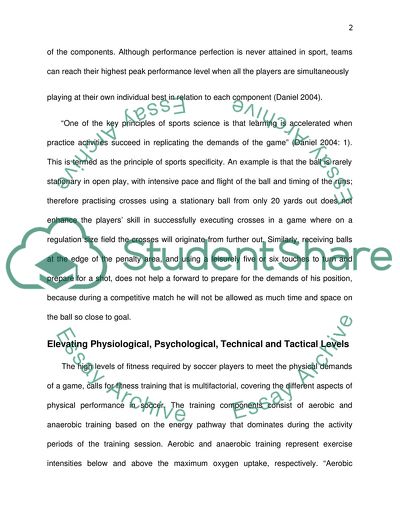Cite this document
(High-Performance Pre-Competition Soccer Coaching Based on Principles o Coursework, n.d.)
High-Performance Pre-Competition Soccer Coaching Based on Principles o Coursework. Retrieved from https://studentshare.org/sports-and-recreation/1578946-high-performance-coaching
High-Performance Pre-Competition Soccer Coaching Based on Principles o Coursework. Retrieved from https://studentshare.org/sports-and-recreation/1578946-high-performance-coaching
(High-Performance Pre-Competition Soccer Coaching Based on Principles O Coursework)
High-Performance Pre-Competition Soccer Coaching Based on Principles O Coursework. https://studentshare.org/sports-and-recreation/1578946-high-performance-coaching.
High-Performance Pre-Competition Soccer Coaching Based on Principles O Coursework. https://studentshare.org/sports-and-recreation/1578946-high-performance-coaching.
“High-Performance Pre-Competition Soccer Coaching Based on Principles O Coursework”. https://studentshare.org/sports-and-recreation/1578946-high-performance-coaching.


